
Exploring Different Filters for Succulent Photography Magic

Introduction
In the vibrant realm of photography, capturing succulents has become a fascinating endeavor for many nature enthusiasts and photographers alike. These hardy plants, with their unique shapes, textures, and colors, offer an excellent canvas for creative photography. However, achieving the perfect shot can sometimes feel daunting, especially when wanting to showcase the beauty and intricate details of these botanical wonders. One of the most effective ways to enhance succulent photography is through the use of various filters—a topic that not only captivates professional photographers but also draws in amateurs eager to improve their craft.
In this article, we will explore the magical world of filters used in succulent photography. We will delve into the different types of filters available, how they can influence the final image, and the techniques photographers can use to create stunning photographs of succulents. Whether you're an aspiring photographer or a seasoned pro, this guide will provide you with valuable insights and tips to elevate your succulent photography game.
Understanding the Basics of Photography Filters
Photography filters are transparent or semi-transparent devices that can be attached to the front of a camera lens to alter the properties of the light entering the camera. Filters come in various shapes, sizes, and materials, each serving different functions that can enhance your photographic outcomes. When it comes to capturing the beauty of succulents, the right filter can make a world of difference, allowing for more vibrant colors, reduced glare, and a more artistic touch to the overall photograph.
Types of Filters
When discussing filters, it's crucial to understand that they generally fall into two main categories: fixed and variable filters. Fixed filters have a specific effect and cannot be adjusted, while variable filters allow you to change the intensity of the effect. Below are some common types of filters that photographers often use:Polarizing Filters: These filters are excellent for reducing glare and reflections, particularly when photographing succulents in bright light. They work by filtering out specific light waves, which accentuates the colors and contrasts in your images. When used properly, a polarizing filter can make the greens of succulents pop and enhance their overall visual appeal.
UV Filters: Historically, UV filters were employed to block ultraviolet light from affecting the film in cameras. Although they are less necessary with digital photography, many photographers still use UV filters as a protective layer for their lenses. These filters can help improve clarity by reducing atmospheric haze, thereby accentuating the details of the succulents.
Neutral Density (ND) Filters: ND filters essentially reduce the amount of light that enters the lens without altering the color. This can be particularly beneficial when shooting succulents under bright midday sun, allowing for longer exposure times and the ability to create beautiful motion effects, such as softening the background while keeping the succulent sharp.
 Essential Camera Settings for Perfect Succulent Shots
Essential Camera Settings for Perfect Succulent Shots
The Impact of Color Filters
Beyond the traditional filters mentioned above, color filters can significantly affect the mood and tone of your photographs. For succulent photography, you might consider using warming filters or cooling filters, depending on the desired effect. Warming filters can enhance golden-hour sunlight, making succulents appear more vibrant and lush, while cooling filters can impart a subtle bluish touch, giving images a more tranquil and calming feel.Furthermore, experimenting with colored gels can create artistic and abstract interpretations of succulent photography. By placing gels over your lights or lens, you can dramatically alter the colors in your images, leading to unique and striking results that highlight the fantastic aspects of these plants.
Using Filters Creatively
While filters serve specific purposes, they can also be used creatively to achieve an artistic flair in your succulent photography. For instance, using a star filter can add a dreamy quality to images of succulents under soft sunlight, creating sparkly effects that draw the eye. Additionally, a infrared filter can produce surreal landscapes with vibrant colors, allowing photographers to depict succulents in a completely different light.
You don't have to be confined to conventional uses for filters. Many successful photographers often employ a combination of filters to create layered images with depth and intrigue. The beauty of filter experimentation lies in the ability to manipulate and enhance your unique style in succulent photography continually.
Practical Tips for Using Filters
Now that we have covered the basics of filters and their significance in succulent photography, it remains essential to consider practical approaches to using them effectively. Here are a few tips to keep in mind when incorporating filters into your photography sessions:
Matching Filters to Light Conditions
The time of day and weather conditions play a foundational role in determining the effectiveness of different filters. For instance, when shooting succulent plants outdoors, try to schedule your shoots around golden hour—early morning or late afternoon when the sunlight is softer. During these times, a polarizing filter can help minimize glare and enhance color saturation, leading to remarkable results. When overcast, utilize color filters to add warmth and vibrancy to your images.Experimentation is Key
Photography is an art, and like all arts, experimentation breeds creativity and improvement. Don’t hesitate to try various combinations of filters in different scenarios. Using a polarizing filter along with an ND filter can yield stunning results while photographing in bright conditions. Also, think outside the box by layering filters creatively to achieve your desired artistic vision.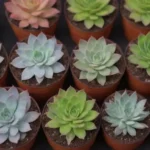 Capturing Succulent Growth Stages: A Photo Tutorial
Capturing Succulent Growth Stages: A Photo TutorialPost-Processing
While filters can significantly improve the quality of your images in-camera, modern digital photography often allows for further enhancement in post-processing. Use editing software to adjust the colors, contrasts, and sharpness of your images. Adding a slight vignette, for example, can guide the viewer's eye toward your succulent subject, while subtle adjustments can bring out the intricate textures and details that made that particular photograph special. In this way, filters and editing together can elevate your succulent photography to fine art.
Conclusion
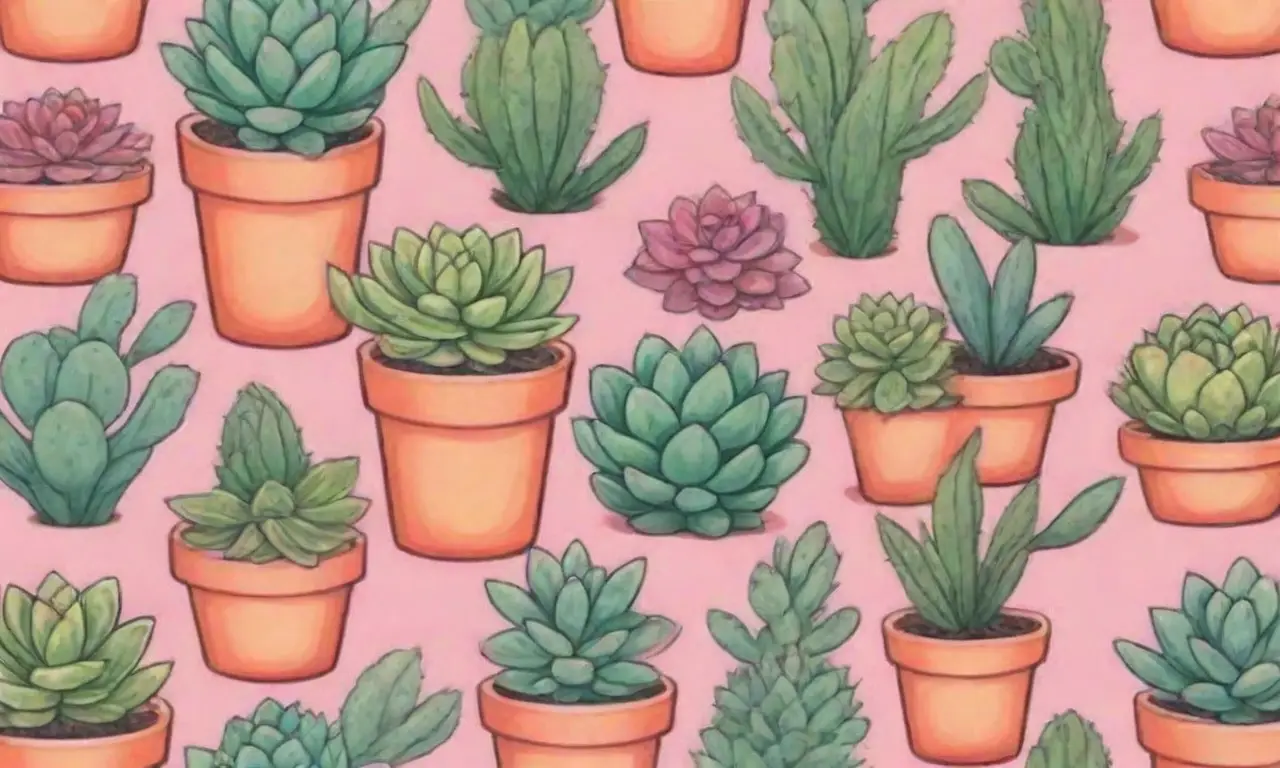
In conclusion, the magical interplay of filters and succulent photography holds endless opportunity for creativity and artistic expression. By understanding the fundamental types of filters and their functions, photographers can dramatically improve their ability to capture the unique beauty of these resilient plants. The interplay between light and filters serves as a canvas for artistic exploration, enabling photographers to develop a distinctive style entirely their own.
As you venture into the world of succulent photography, remember that the key to remarkable images lies not only in the tools you use but also in your unique perspective and creative vision. Equip yourself with filters, both on and beyond your camera, and embrace the journey of experimentation and learning that comes with perfecting your craft. By incorporating these filters and techniques, you will inevitably find yourself capturing the enchanting magic of succulents in ways you never thought possible. So grab your camera and filters, and let the succulent photography magic begin!
If you want to read more articles similar to Exploring Different Filters for Succulent Photography Magic, you can visit the Succulent photography category.

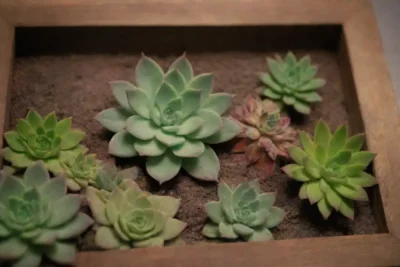
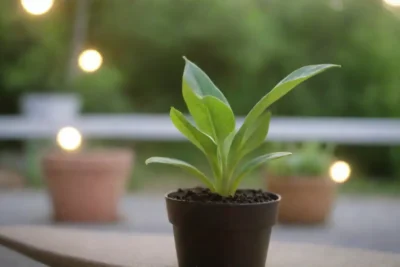
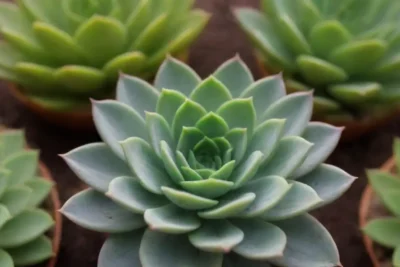

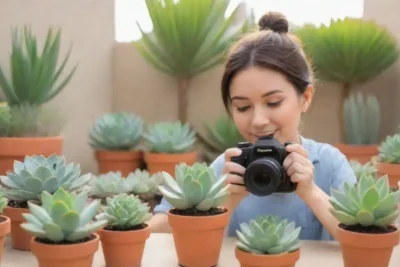
You Must Read